As many as three types of multipurpose fire-support helicopters are entering service with the Russian Aerospace Forces. The brand-new Ka-52 “Alligator” and Mi-28N “Night hunter” along with its “relative” – the Mi-35, will keep resupplying the AF army aviation fleet. Ilya Kramnick, the Lenta.ru military expert wonders what Russian Armed Forces need three types of attack helicopters for?
As compared to post-Soviet period, one of the main tasks of the State armament program of 2011 through 2020 (as well as of supplements) is reducing stock-list to the full: from army-trucks to battle ships.
In this light, supplying simultaneously three types of attack helicopters (the Mi-28N, Ka-52 and Mi-35) hand in hand with upgrading the Mi-24P, built in 1980-90s, raise questions.
Especially because it is Mi-24Ps that composed the strike wing of Russian helicopter group at the very start of military operation in Syria on September 30 2015. Just later on, according to unconfirmed information, several Mi-28Ns have joined the group.
All wars’ vet
The easiest question to answer is maintaining serviceability of the Mi-24 fleet. Being a vet of most local wars since late 70s up to now it has remained in service in the Mi-24P gun-version i.e. equipped with a two 30 mm coaxial guns mount, rigidly fixed on the right board.
Part of the fleet is being heavily upgraded to the Mi-24PN model, another part is maintained airworthy through engine repairing and changing along with limited introduction of new equipment, such as night vision goggles and satellite navigation.
The origin of the approach is clear. It is quite evident that even considering the growing supplies of new equipment, just two or three hundreds of combat helicopters are not enough neither for combat units nor for Armed Forces ready reserve.
However, due to economic environment, bringing the number of new helicopters to 450-500 will hardly be possible within the next 10-15 years to come. This is the key fact, which determines the Mi-24’s fate, and this is why the “Crocodile” is evidently going to face long-lasting service and numerous upgrades.
“Grey Crocodile”
Being direct extension of the Mi-24, the Mi-35 does not differ much from it in appearance. It has a bit shorter consoles with decreased number (from six to four) of poles for armament mounting, fixed landing gear as well as advanced aiming equipment, and grey color. The purpose of ordering Mi-35s after launching mass production of MI-28s might have several explanations. There are two key-points: first, considering the problems of mastering the Mi-28, the Mi-35 helped increase the delivery rates of new equipment; second, it helped ease the changeover from Mi-24 to Mi-28 which provided for biggest number of Mi-35s in training units as compared to combat units.
The Mi-35 was a candidate for the “Syrian front” but as far as the theatre’s conditions concerned, combat power plays a more significant part rather that modern equipment. Consequently, a larger number of mounting points on the original Mi-24 trumped everything else.

«Night hunter»
The Mi-28 had come a long way to serial production. So long that by the moment of signing the first supply contract with Armed Forces in 2006, it had been buried several times. The craft concept is a brought-to-perfection approach of the strike helicopter applied for close-in ground support. The copter was designed with regard to combat employment experience, including that of Afghanistan.
Armor protection allows to survive hits from almost any combat air defense means, while combat power combined with modern equipment enables to fight advanced armor as well as militants.
Radar was to become the key point of the Mi-28N equipment, though it was as late as 2014 that they managed to bring the radar station to mass production level in the Mi-28NM. Electrooptic system allows all-weather and round-the-clock employment with no radar, assuming lower target detection capabilities.
The Mi-28 has been entering the field for quite a long time. It gained combat employment experience in some Northern Caucasus counter-terrorism operations therefore, it was highly expectable in Syria. There have been no official confirmations of the crafts’ presence at the Hmeymim air base yet.
The accident of the Mi-28 on August 2, 2015 near Ryazan that resulted in one crewmember’s death might have become the reason for delay. The investigation is still going on, that is why there is no urgency for sending helicopters to combat.
This as well means the Mi-28 combat debut in Syria might happen any time soon.
From “Shark” to “Alligator”
The Ka-50 helicopter came to life at the same time with the Mi-28, but was not to become a true combat helicopter. Its career was limited to a short trip to Chechnya in 1999. However, the Ka-52 developed on its basis may be considered one of the most advanced copters of the Russian Aerospace Forces at all.
Advanced equipment level caused delayed period of mastering. As for the main “Alligator’s” (that’s how the Ka-52 was nicknamed) caliber, it has just entered service: a first lot of “Vikhr” anti-tank missiles went from “Kalashnikov” Concern to the military in the fall of 2015.
The Ka-52 does not possess such heavy armor, and according to some experts, is not as survivable as the Mi-28. But durability is not what they need from it.
Well-developed electronics and the “long hand” of “Vikhr” allow killing targets at significant distances without entering the envelope of infantry and tank units air defense systems.
A number of advantages including hovering endurance and low-noise characteristics make it easy to employ the helicopter for special forces support. Above all, the Kamov design bureau, which has always specialized in naval subjects, developed a carrier-based version of the combat helicopter that allows to expect a spike in combat power growth of the marine units, when the Navy gets, at last, the assault helicopter carriers.
At the same time, the Ka-52 is less likely to appear in Syria than the Mi-28 or Mi-35, for employing such a helicopter against small militants’ groups would look like shooting sparrows with cannons.
Though different in construction, modern Russian helicopters are unified by many systems including engines and most of armament. Nevertheless, the question of what type of helicopters will be excluded from state defense procurement program if the economy makes reduce military costs, remains open.
It is hard to answer this question being outside the decision-making process but one thing is clear: present-day industrial capabilities make it possible to maintain high level of the army aviation. No matter which way they choose: either producing any of the three helicopters as the main craft or focusing on the Mi-24 fleet upgrading.





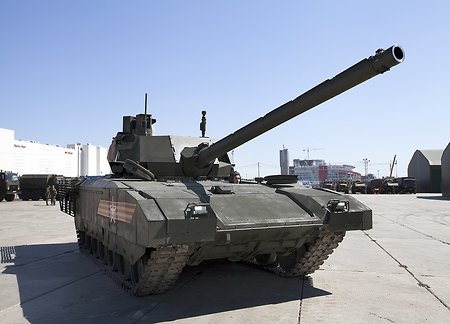
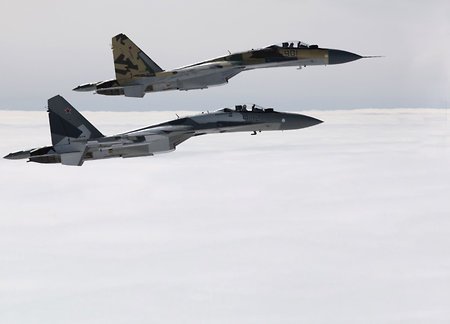
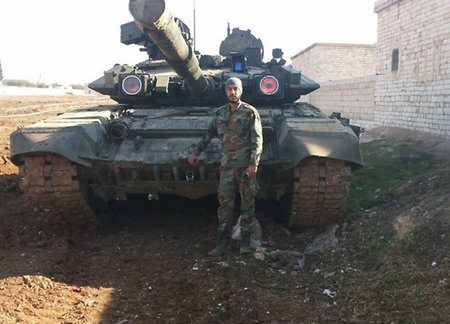
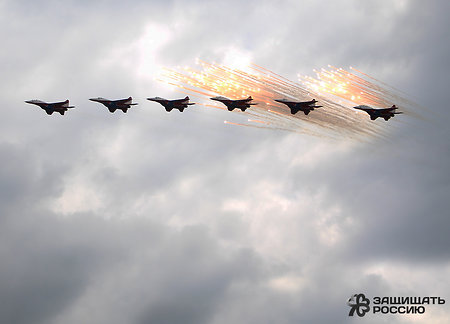

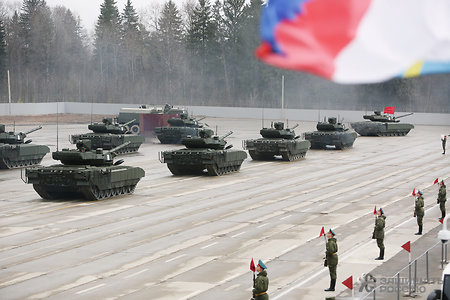
You may also like
Orphus system